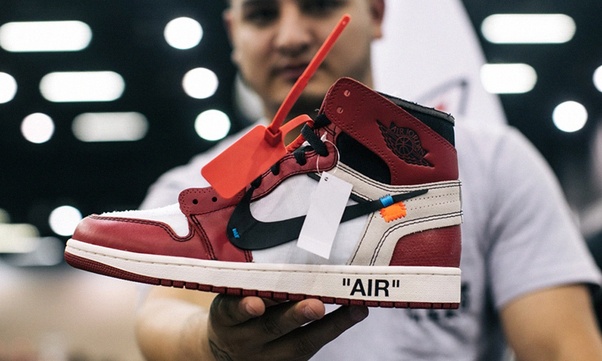The Sneaker Resale Market Is Broken

Oversupply of once-hyped sneakers like Jordans has caused resale prices to plummet, pushing smaller platforms out of the market and sending the bigger players scrambling to adapt.

The Sneaker Resale Market Is Broken: Here’s Why and What Can Be Done
In recent years, the sneaker resale market has become a phenomenon, with certain pairs of sneakers fetching prices that can only be described as astronomical. Originally a niche hobby for sneaker enthusiasts, the market has evolved into a high-stakes arena where limited-edition releases are auctioned off for thousands of dollars. While this surge in popularity has its advantages, such as highlighting the cultural significance of sneakers, it has also exposed deep-seated issues that suggest the market is fundamentally broken. Here’s a closer look at why the sneaker resale market is facing significant problems and what might be done to address them.
Price Inflation: Out of Reach for the Average Buyer
One of the most glaring issues with the sneaker resale market is the rampant price inflation. Sneakers that once retailed for a few hundred dollars now command prices in the thousands. For instance, a pair of Nike Air Yeezy 2 “Red Octobers” that originally sold for around $245 can now fetch upwards of $10,000 on the resale market. This inflation is driven by high demand and limited supply, which is further exacerbated by the strategies employed by sellers and scalpers. The result is a market where the average sneaker enthusiast is priced out, leaving only those willing to spend exorbitant amounts to participate.
Bots and Scalping: The Technological Divide
The rise of automated bots has significantly impacted the sneaker resale market. These bots are programmed to quickly and efficiently purchase limited-release sneakers as soon as they drop, often within seconds. For everyday buyers who rely on traditional purchasing methods, this creates an uneven playing field. Bots and scalpers not only deplete inventory but also contribute to the inflated resale prices by hoarding sneakers and listing them at exorbitant rates. This technological advantage effectively locks out genuine sneakerheads who just want to own a pair for personal use rather than investment.
Counterfeits: A Growing Concern
As the resale market has grown, so too has the prevalence of counterfeit sneakers. Unscrupulous sellers have flooded the market with fake products, making it increasingly difficult for buyers to differentiate between genuine and counterfeit items. The lack of reliable and consistent authentication processes means that buyers are often left vulnerable to scams. This issue undermines trust in the resale market and detracts from the overall credibility of the industry.
Lack of Transparency: The Hidden Costs
Another critical issue is the lack of transparency in the sneaker resale market. The factors driving prices are often shrouded in mystery, with resale platforms and sellers not always providing clear information about why a particular sneaker is priced so high. This lack of transparency can lead to frustration and confusion among buyers who may feel they are being manipulated or taken advantage of. Additionally, the market’s volatility makes it challenging for buyers and sellers to gauge the true value of sneakers, further complicating the purchasing process.
Environmental Impact: A Cultural Conundrum
The sneaker resale market also has significant environmental implications. The culture of constantly buying and reselling sneakers contributes to a throwaway mentality, where sneakers are purchased not for their utility but for their potential resale value. This cycle of consumption has an environmental toll, from the production of new sneakers to the disposal of old or unsold pairs. As the demand for new releases continues to drive the market, the environmental impact becomes increasingly unsustainable.
Market Manipulation: Pump and Dump
Some sellers engage in manipulative practices to drive up prices artificially. Known as “pump and dump,” this strategy involves inflating the price of a sneaker through hype and speculation before selling it at a profit and allowing the price to drop. Such tactics create an unstable market and contribute to the frustration of buyers who are left holding the bag when prices inevitably fall.

Possible Solutions: Towards a Fairer Market
Addressing the problems in the sneaker resale market requires a multi-faceted approach. Platforms that facilitate sneaker sales can implement measures to combat bots and scalping, such as advanced anti-bot technology and purchase limits. Authentication processes must be strengthened to combat the proliferation of counterfeits, ensuring that buyers can trust the products they purchase. Increased transparency from sellers and platforms about pricing and market factors can help alleviate confusion and build trust. Additionally, promoting sustainable practices and a shift towards a more ethical sneaker culture can help mitigate the environmental impact.
Ultimately, reforming the sneaker resale market is not just about addressing these individual issues but about fostering a more inclusive, transparent, and sustainable industry. By tackling these problems head-on, it is possible to create a market that better serves both sneaker enthusiasts and casual buyers, ensuring that the joy of collecting and wearing sneakers is not overshadowed by market dysfunction.









